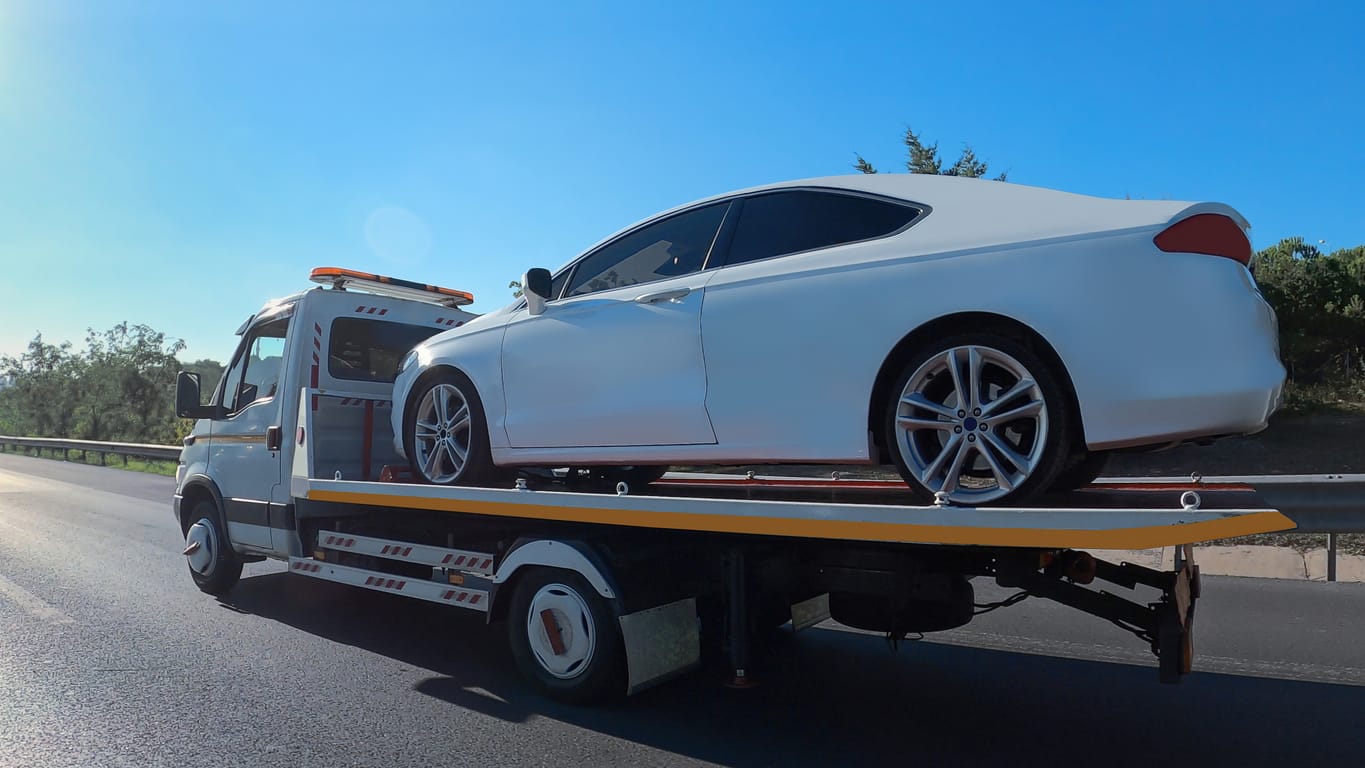Some cars are easier to move than others are, but when it comes to transporting gas-powered vehicles as well as electric ones – there is still much confusion about how they should be transported and what type of car carrier would be best suited for this kind of transport.
Transporting a car is not the same as transporting an electric vehicle. Electric cars are different from gas-powered cars, and they require special precautions when they are towed. If you need to transport your EV, make sure that you have a carrier with experience in transporting electric vehicles.
You can safely transport your electric car with car shipping companies like us at Ship A Car. Like other top-rated auto shipping companies, SAC specializes in transporting electric vehicles (among others) not just across the country, but also across the world. The Ship A Car Auto Transport team has the expertise and know-how to safely move your EV wherever you need it to go. You can get a free instant quote here.
Ship A Car has all the necessary connections with auto transporters that all have the equipment needed for the safe transportation of electric cars, and secure shipping containers that prevent overcharging and overheating.
Expert drivers who are trained on how best to handle sensitive materials like these batteries without damaging them.

Many roadside assistance services don’t have the right equipment to tow an electric vehicle. Because electric cars are significantly more complicated than gas-powered cars, be it:
Plug-in hybrids – These cars have a battery and an internal combustion engine (ICE).
They can be plugged into an outlet at home or a charging station for several hours. Once charged, the car can run on electricity alone for a certain distance before needing to be recharged again.
All-electric vehicles – These vehicles have no ICE and only use electricity to power their motors. Because these vehicles don’t require gasoline, they can go much farther on a single charge than plug-in hybrids can.
However, they may not be able to travel as far as regular gas-powered cars due to the lack of charging stations in some areas and the time needed to charge them compared with filling up at a gas station.
Hybrid vehicles – These vehicles combine both electric and gas engines into one power source, depending on which one is most efficient at any given time.
They all require certain expertise to be towed as of right now. Electric vehicles are often heavier than their gas-powered counterparts and have less torque, so they take longer to get moving.

- The most common reason for towing an electric vehicle is to transport it from one location to another. This could be a short distance, such as from your driveway to a local parking lot or garage, or it could be longer distances, like from New York City to Los Angeles.
- If you have an EV that’s been damaged in an accident or other incident and needs repairing before it can be driven again, then you might also choose to tow it.
- Another reason is that the brakes on your car may have failed or they may need replacing.
- If you have a flat tire you will have no other choice but to tow it so you can get some air in the tire.
- Another reason would be that extreme weather conditions have caused a major snowstorm which has led to roads becoming impassable.
- If the battery on your electric car is depleted then you won’t be able to start it, which means that you’ll need someone else’s help if you want to get out of there safely.
- Overheating is another problem for electric vehicles because their cooling system uses water instead of oil like most engines do, if this water runs out or gets clogged with debris then heat buildup could cause serious damage.
All of these factors add up to a car that uses a lot more power than its gas-powered counterparts do. This means that you will have to charge it more often, spend more money on repairs and maintenance, and maybe drive slower reducing the risk of developing a fault.

The tow mode can be used on any electric vehicle, but it is critical to understand the limitations of this mode.
The tow mode is designed to protect both your car and the driver during transport. This means that it should only be utilized when transporting the car onto a flatbed trailer or when performing other similar tasks.
The tow mode should never be activated for long-distance driving because it restricts your car’s maximum speed to 25 miles per hour (40 km/h).
The tow mode is also unable to provide power to your electric car’s accessories. This includes things like headlights and air conditioning systems.
These accessories may still draw electricity from the battery pack, but they will not function as expected during transport.
In addition, some safety features are disabled when you activate the tow mode. These features include: Automatic emergency braking, Forward collision warning system, and Intelligent cruise control.

Some electric vehicles, such as the Tesla models and the Nissan Leaf, come equipped with a specialized transport mode that performs the same function as the neutral gear found in conventional automobiles.
A dedicated mode of transportation may incorporate several unique features. For instance, the Tesla transport mode imposes a speed cap on the vehicle to reduce the risk of collisions and other mishaps. The intelligent air suspension is also turned off, and the battery drain is minimized.
Transport mode may seem like an option to employ when flat towing an electric vehicle, but in reality, this is not a safe choice.
The tow mode should only be active when transferring the car onto a flatbed trailer. Therefore, this mode is not appropriate for high-speed travel over extended distances.
If you’re wondering what an auto transport truck, a car carrier, or a tow truck is, it’s exactly what it sounds like: A vehicle that carriers, transports and/or tows other vehicles.
There are many different kinds of these trucks available in the market today, each with its unique characteristics.

-
Hook and chain truck
This type of tow truck is usually used for towing large vehicles or tractor-trailers. Hook and chain trucks accomplish this by attaching to the vehicle’s underbelly and dragging the automobile behind them.
This is the most common type of tow truck on the market today. The hook and chain system works by attaching to the vehicle’s underbelly and dragging the automobile behind them.
During the trip, there will always be two wheels in contact with the ground.

-
Flatbed truck
This kind of tow truck has a flatbed that allows it to carry other vehicles on its back.
This type of tow truck is most often used for carrying automobiles that have broken down on the side of the road or highway.
This type of truck has a flatbed on which cars are transported after they have been repaired or inspected at one location and then need to be moved somewhere else for further use (or sale).
These trucks may also contain equipment needed for the repair process itself; however, these are not included in their capacity as “tow trucks.
The flatbed can also be used for transporting larger vehicles such as RVs and motor homes when they break down or need service done on them at a specific location instead of taking them back to their owners’ homes or garages.

-
Wheel lift trucks
Wheel lift trucks use hydraulic jacks to raise one or more wheels off the ground so that they can effectively pull your vehicle out of whatever situation it is stuck in.
These types of trucks are used primarily for commercial purposes because they require a lot more equipment than other types of vehicles.
They are also known as “jacking” trucks because they have jacking systems built into them that allow them to jack up cars without needing any outside assistance.
These are mainly used for lifting large SUVs out of ditches, ravines, and other hard-to-reach areas where road crews cannot reach them due to a lack of space or equipment needed for such situations.
This type of tow truck is commonly used to transport electric cars because they are small enough to fit through narrow spaces and they can get around tight turns more easily than other types of trucks.
The small size also makes them easier to maneuver at low speeds compared to larger models.
If you’re planning on taking your electric car on a road trip, or need to transport it in any other way, you should find a company that has experience with this particular type of transportation.
Electric car transport is not as common as gasoline-powered car transportation, because they haven’t been around for as long as their gas powered counterparts, so finding the right carrier may take some time. However, once you find an experienced company like www.shipacarinc.com you can rest assured that they can and will safely transport your EV Vehicle anywhere in the United States, Alaska and Hawaii.




